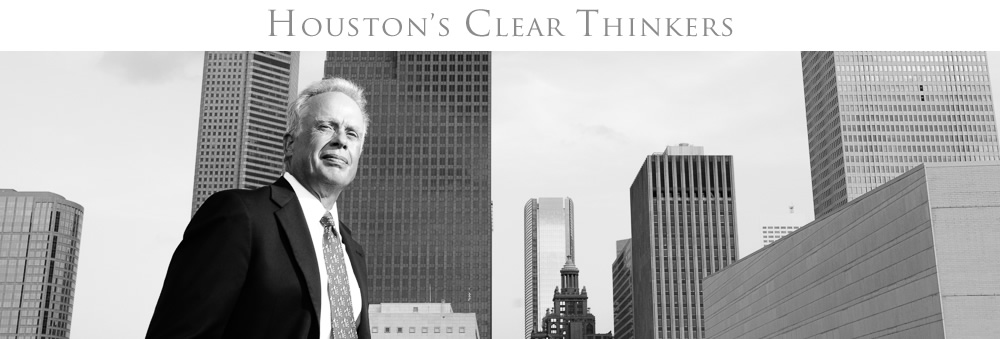 Clear Thinkers favorite Peter Gordon is a very astute fellow:
Clear Thinkers favorite Peter Gordon is a very astute fellow:
David Brooks wrote about The Genteel Nation and “gentility shift” last Friday. He was addressing long-term labor market problems that have nothing to do with aggregate demand or any lack of “stimulus,” but rather with the tastes of young people making career choices. He cited the example of Michelle Obama, telling an audience of young women, “Don’t go into corporate America … become teachers. Work for the community. Be social workers. Be a nurse … Make that choice, as we did, to move out of the money-making industry into the helping industry.”
It’s an old theme and many people think of the choices before them as between being self-serving and "helping people". I am not sure what sacrifices the First Lady has had to make in her personal life in order to get on the high road, but given a platform, we hold forth — and also tell ourselves all sorts of stories about ourselves. There is always the lovely conceit that some of us are all about "helping people" and, thereby, so much better than the rest.
Labor markets provide their own signals (in terms of compensation packages as well as employment and unemployment prospects), but the problem with rhetoric such as the First Lady’s in the Brooks cite is that it nourishes the idea that we see repeated on so often that our own pay is “unfair” in light of the job’s assumed social worth.
Many public sector unions have managed to extract promises from their politician employers that these employers cannot keep. There is naturally unhappiness and resentment, but not at the employers. Rather, at the “stingy” taxpayers who just don’t get it: those who have chosen to “help people” simply “deserve” more.
Labor markets signal facts of life that challenge the “gentility” view of the world. But the gentility view fortifies the idea that market signals are "unfair" and further politicization is the way. This is the way we get street demonstrations such as the ones we saw in Paris last week. We’ll always have the barricades.
This dynamic is the other side of the coin from what leads us to ostracize famous people such as Ken Lay, Tiger Woods and Roger Clemens. We try in any way to avoid confronting our innate vulnerability, so we use myths to distract us. We rationalize that a wealthy and powerful person did bad things that we would never do if placed in the same position even though we really have no idea how we would react to such incentives. As a result, we scorn and ridicule the rich and powerful as we attempt to purge collectively that which is too shameful for us to confront individually.
Be wary of those who justify their world view on the supposed moral superiority of their cause versus how markets would reward that effort. As Gordon notes, this view assumes that market signals are unfair and that political corrections are the answer. The mob is never wrong in the moment of its action.








